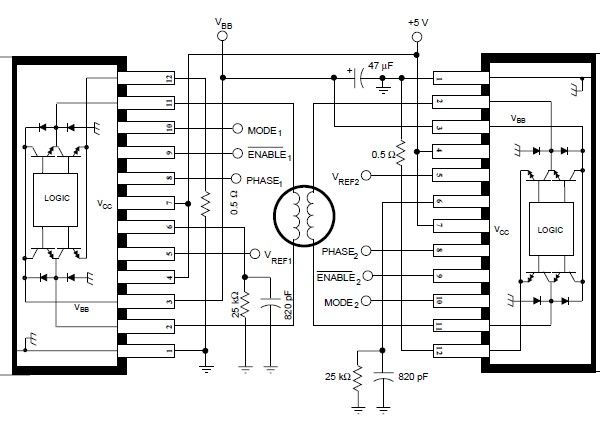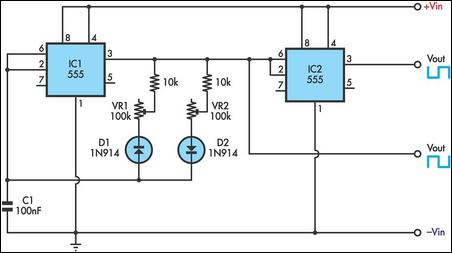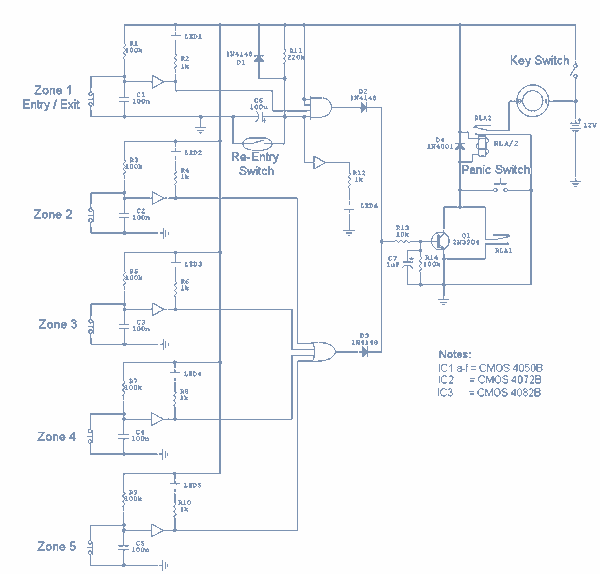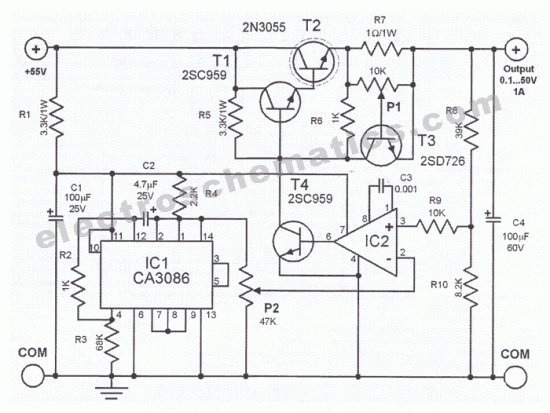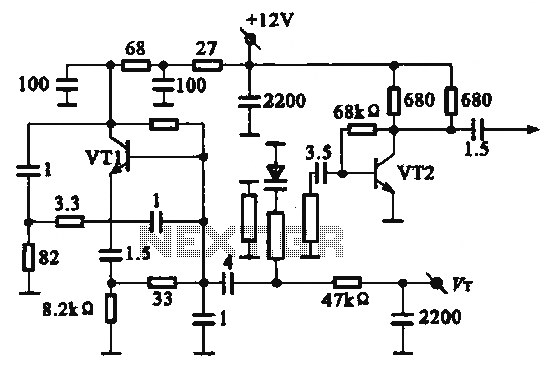
555 circuit Can supply enough neg voltage
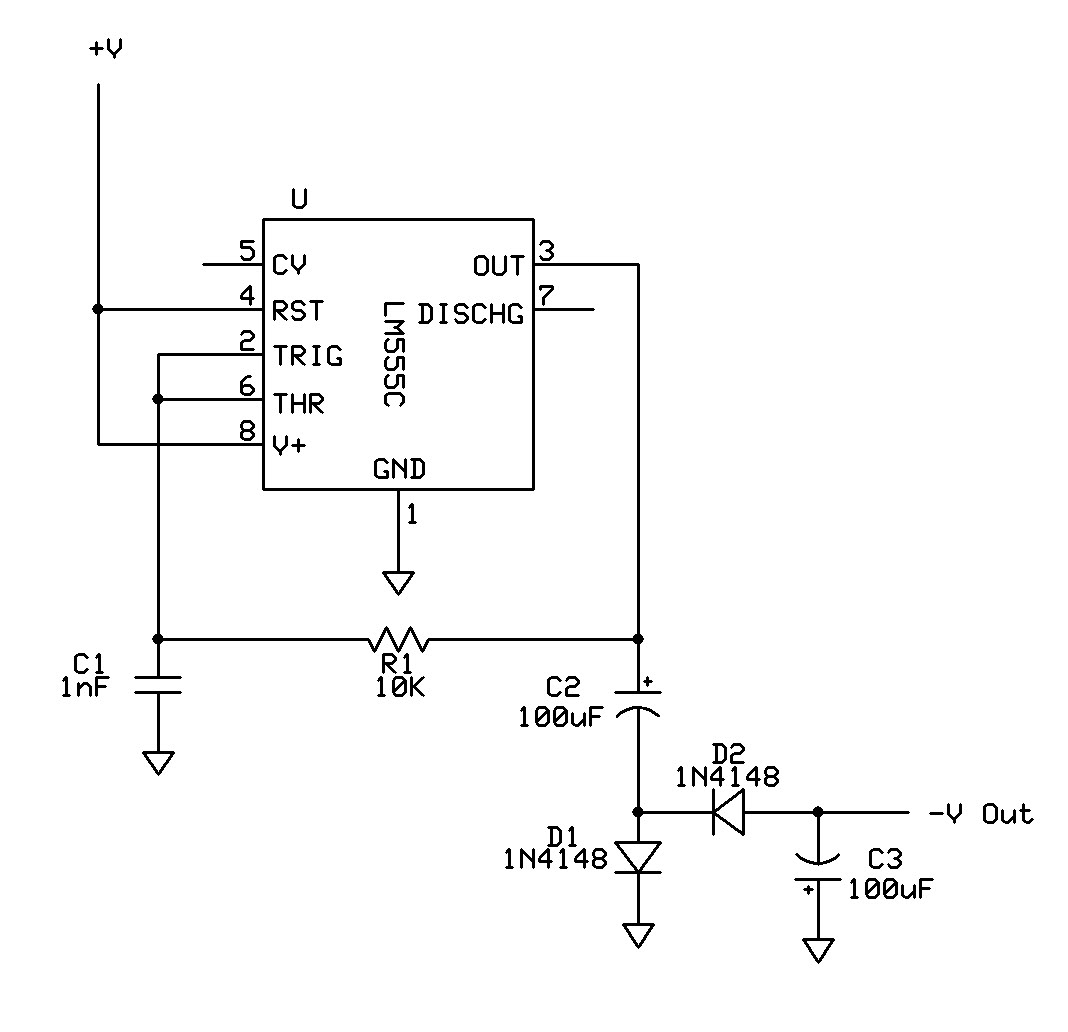
Can a 555 negative supply circuit, like the one below I pulled from another schematic, supply enough negative voltage to an LM324 and an AD736JN?
The 555 timer integrated circuit can be configured to generate a negative voltage supply, which can be utilized to power operational amplifiers such as the LM324 and the AD736JN. The operation of the 555 timer in this configuration typically involves using external components such as resistors and capacitors to establish the desired output voltage level.
In a standard negative voltage supply circuit using a 555 timer, the circuit is configured in astable or monostable mode to generate a square wave output. This output can then be fed into a charge pump or a voltage inverter circuit, which converts the positive voltage into a negative voltage. The LM324, a quad operational amplifier, requires a negative supply voltage for operation in certain configurations, particularly when dealing with bipolar input signals. Similarly, the AD736JN, which is a precision analog multiplier, also benefits from a dual supply configuration for optimal performance.
When designing the circuit, it is essential to consider the output current requirements of the LM324 and AD736JN to ensure that the 555 timer can provide sufficient current without overheating or failing. The voltage levels should be monitored and adjusted as necessary to meet the specifications of the components being powered. Additionally, proper decoupling capacitors should be used to stabilize the supply voltage and minimize noise in the circuit.
In conclusion, a 555 timer configured as a negative supply circuit can indeed supply the necessary negative voltage for the LM324 and AD736JN, provided that the circuit is designed with attention to the load requirements and stability considerations.Can a 555 negative supply circuit, like the one below I pulled from another schematic, supply enough negative voltage to a LM324 and a AD736JN? I`m.. 🔗 External reference
The 555 timer integrated circuit can be configured to generate a negative voltage supply, which can be utilized to power operational amplifiers such as the LM324 and the AD736JN. The operation of the 555 timer in this configuration typically involves using external components such as resistors and capacitors to establish the desired output voltage level.
In a standard negative voltage supply circuit using a 555 timer, the circuit is configured in astable or monostable mode to generate a square wave output. This output can then be fed into a charge pump or a voltage inverter circuit, which converts the positive voltage into a negative voltage. The LM324, a quad operational amplifier, requires a negative supply voltage for operation in certain configurations, particularly when dealing with bipolar input signals. Similarly, the AD736JN, which is a precision analog multiplier, also benefits from a dual supply configuration for optimal performance.
When designing the circuit, it is essential to consider the output current requirements of the LM324 and AD736JN to ensure that the 555 timer can provide sufficient current without overheating or failing. The voltage levels should be monitored and adjusted as necessary to meet the specifications of the components being powered. Additionally, proper decoupling capacitors should be used to stabilize the supply voltage and minimize noise in the circuit.
In conclusion, a 555 timer configured as a negative supply circuit can indeed supply the necessary negative voltage for the LM324 and AD736JN, provided that the circuit is designed with attention to the load requirements and stability considerations.Can a 555 negative supply circuit, like the one below I pulled from another schematic, supply enough negative voltage to a LM324 and a AD736JN? I`m.. 🔗 External reference
